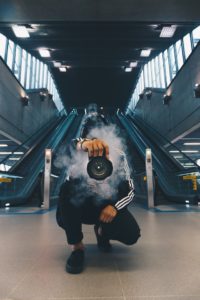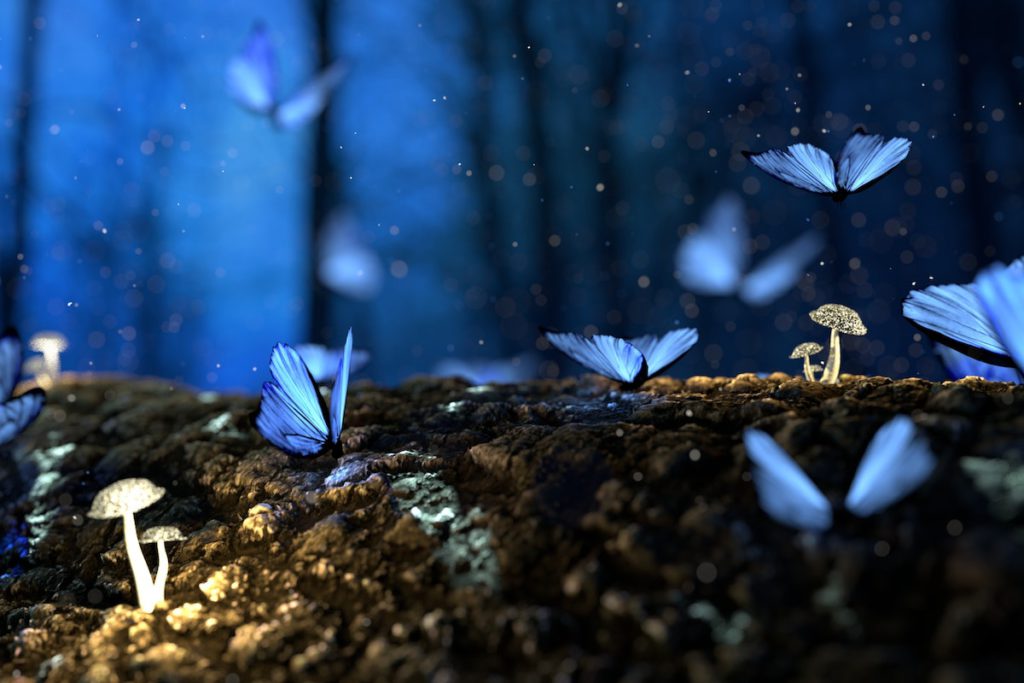This article provides a step-by-step guide to getting started in photography, from understanding your camera and choosing the right lenses, to learning how to take good photos with image editing software and experimenting with camera settings. For photography beginners, this is the best way to get a basic footing in the art and craft of taking sharp photos. The first step is to familiarize yourself with your camera and learn how to use it properly.
Understanding your camera will help you choose the best camera gear and pick the right camera for your needs. Once you have chosen a camera, it is important to get to know the different types of camera lenses available. As a beginner photographer, it is important to understand the basics of photography and how lenses can transform your shooting experience. Investing in quality lenses can make all the difference when it comes to taking great shots and creating great images. Furthermore, understanding some of the more advanced techniques and photographic concepts such as shutter speed, aperture, exposure, and depth-of-field will also help you become a better photographer.

As a beginner, it is important to get familiar with the different lenses available in the market and their usage. If you want to become a professional photographer, then it is important to invest in good-quality lenses. When taking your cameras out for shooting better photos, remember to disassemble your cameras and check the lenses. It is also important to read the camera manual carefully before you start shooting with a particular lens. Once you have taken some decent shots, it is time to move on to editing them using Photoshop or some other software. This will help you learn more about photography and become a better photographer in the long run.
Taking photos is an art and requires a good starter camera to create stunning photos. If you are serious about turning photography into a career then a proper DSLR like Hasselblad camera would be the way to go. DSLRs are designed to be used in manual mode, allowing you to control the exposure triangle (shutter speed, aperture, and ISO). Doing alternative forms of photography such as night photography or macro photography requires even more control over the exposure triangle which can only be done using proper DSLRs.
There are many other camera settings that you can use, such as aperture, shutter speed, and ISO. These settings help you control the amount of light that enters the lens, which in turn affects the image. Using artificial light can also be used to capture action shots or long exposures. The exposure triangle is a concept that considers three parts of a photo: shutter speed, aperture, and ISO. Each part works together to control how much light enters the camera and how much motion is captured in an image.
When you look through your camera’s viewfinder, you’ll see the focal length of each lens and the sensor size. The apparent focal length can vary depending on the lens name, so it’s important to include its maximum aperture in your photography. Different lenses have different maximum apertures, so they suit different focal lengths. For example, a telephoto lens with a long focal length will be able to use its maximum aperture to capture more light than a wide-angle lens with a shorter focal length.
It is important to have a good quality prime lens and a work standard kit lens. It is also beneficial to afford a wide aperture zoom lens that will give versatility and allow for taking better photos in most situations. A good quality zoom lens of 8 will help capture more of the scene, while fixed focal length lenses like the Sigma 35mm or 85mm prime lenses will give better detail. The kit lens can be used to cover most shooting scenarios but investing in good-quality lenses can greatly improve your photos. Prime lenses are ideal for low light conditions due to their wide maximum aperture, while zooms are great for capturing more of the frame.
For most people who have just bought their first camera, kit lenses are a great place to start. Kit lenses are usually bundled with a camera body and give three basic types of lenses: wide-angle, normal, and zoom lenses. These will allow you to try out different types of photography, such as landscape or portrait photography. Once you become more confident using your new camera, you may want to invest in additional lenses or even upgrade the kit lens. This could include prime or fixed-length lenses for everyday shooting or specialized zoom lenses for more creative angles and telephoto shots.
